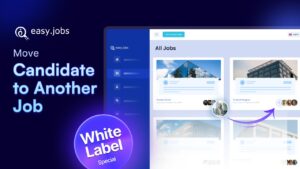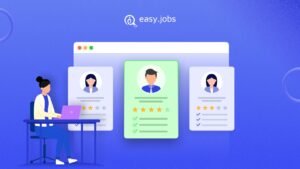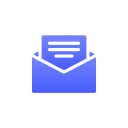On a crisp January morning, a startup HR Sazia saw two resumes. One was from a non‑traditional candidate. She paused but then remembered that companies with top gender and ethnic diversity are 39 percent more likely to outperform financially, according to McKinsey and inclusive hiring can boost revenue per employee by up to 30 percent, per workplace diversity statistics.
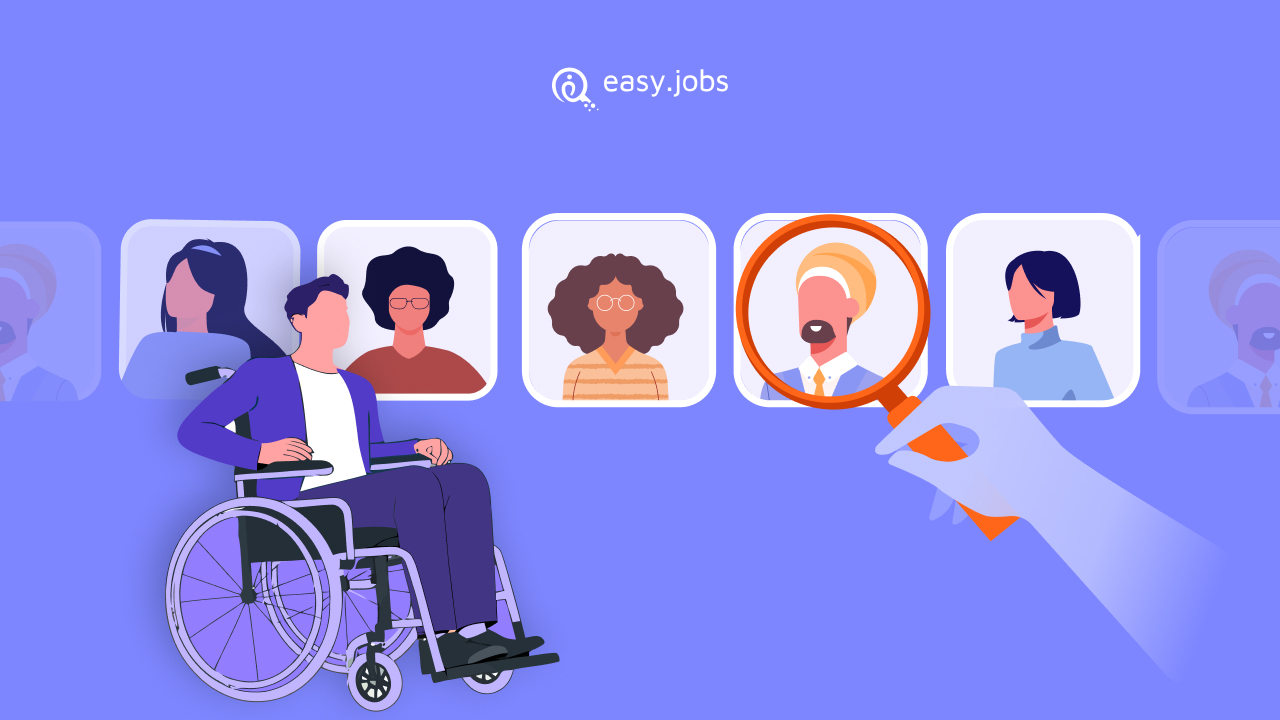
Inspired, she invites the candidate to interview, unlocking innovation and growth. Ready for your own “click invite” moment? Discover what you need to know and can not ignore to master diversity hiring in 2026 and make game‑changing decisions with confidence.
What is Diversity Hiring?
Diversity hiring involves bringing people from diverse backgrounds onto your team in a fair and inclusive manner. It focuses on hiring individuals based on their skills and potential, while making sure that factors like race, gender, age, ability, sexual orientation, religion, and even how someone thinks (neurodiversity) are not barriers.
The goal is to create a workplace where everyone feels welcome and valued, no matter who they are or where they come from.
But it is important to understand that diversity hiring is not about meeting a “quota” or checking a box. That is called tokenism, and it often leads to people feeling like they were hired just to look diverse, not because of their value.
Real inclusive hiring means building fair systems, removing bias from job advertisements and interviews, and creating space for diverse voices to be heard and grow. It is about selecting the best individuals while giving everyone an equal opportunity to shine.
Why Diversity Hiring Matters in 2026
In 2026, diversity hiring is more important than ever. The workplace is changing fast. Gen Z, young, diverse and socially aware, is becoming a big part of the workforce. They care deeply about fairness, inclusion and working for companies that reflect those values.
At the same time, more businesses and teams are hiring remotely or in hybrid setups. That opens the door to hiring people from many different locations and backgrounds. Companies also face more pressure to act responsibly not just to make money, but to support social and environmental goals (this is called ESG: Environmental, Social and Governance).
Diverse teams are not just the right thing, they are smart for business. Here is why:
- Companies with high gender and ethnic diversity are 39% more likely to outperform financially (McKinsey).
- Inclusive workplaces can boost revenue per employee by up to 30%.
- Teams with varied perspectives are more creative and better at solving problems.
Plus, many job seekers now look closely at a company’s values. They want to feel safe, respected and supported. If your workplace is not inclusive, top talent may simply look elsewhere.
In short, diversity hiring helps you grow, stay competitive and build a better future for your team and your business.
Key Trends Shaping Diversity Hiring This Year
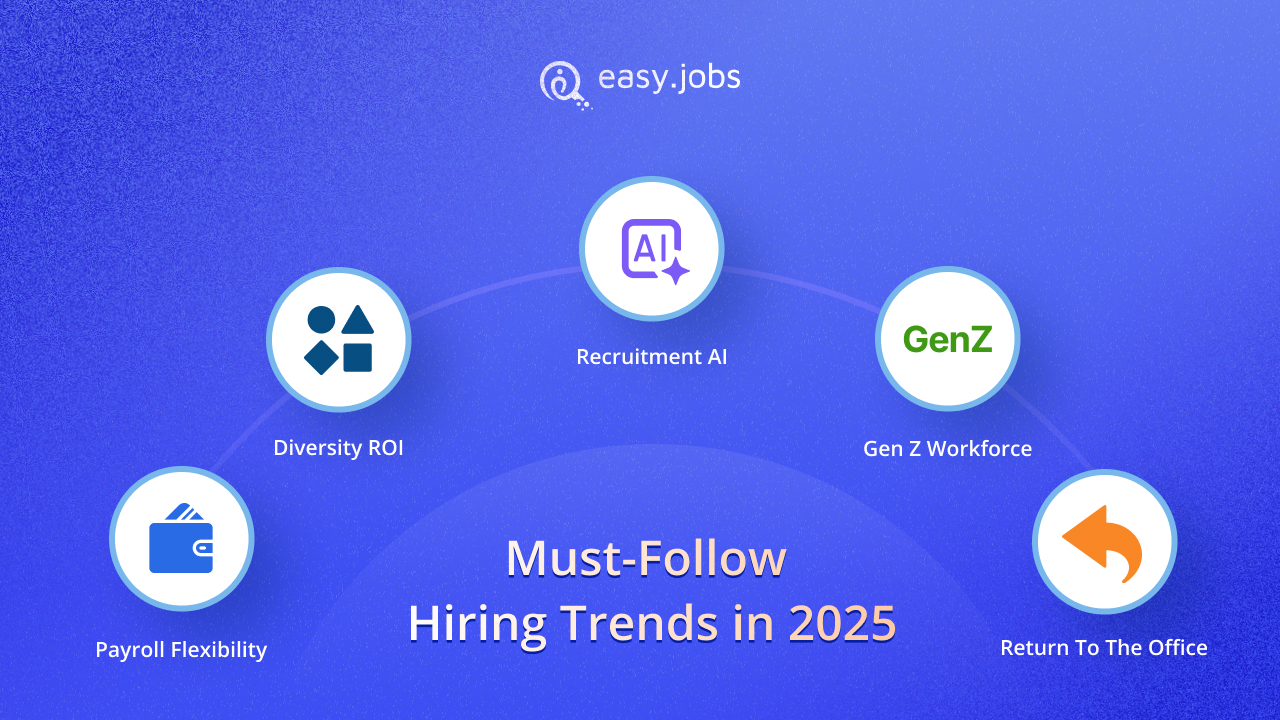
As workplaces continue to evolve, several new trends are shaping how companies hire diverse and inclusive teams. Here are some of the most important ones to know in this year:
🤖 Using AI to Reduce Hiring Bias
More companies are now using smart tools and AI (Artificial Intelligence) to make hiring fairer. These tools help reduce hiring bias from resumes and interviews, so people are judged on their skills, not their names, photos, or backgrounds.
🤝 Inclusive Benefits Are Growing
Workplaces are offering better, more inclusive benefits. This includes things like gender-neutral evaluation, parental leave for all parents and options for employees to share their pronouns. These changes help people feel more respected and supported at work.
📚 Focus on DEI Training and Growth
DEI stands for Diversity, Equity and Inclusion. More companies are training their teams on these topics to build awareness, reduce bias and create a more inclusive and welcoming environment. Some also offer career growth programs for underrepresented groups.
⚖️ New Global Rules and Expectations
Governments and organizations around the world are creating new rules around fair hiring and reporting on diversity. Companies now have more responsibility to show they are making real progress, not just talking about it.
These trends show that diversity hiring is not just a nice-to-have, it is a must in today’s world.
8 Effective Diversity Recruitment Strategies
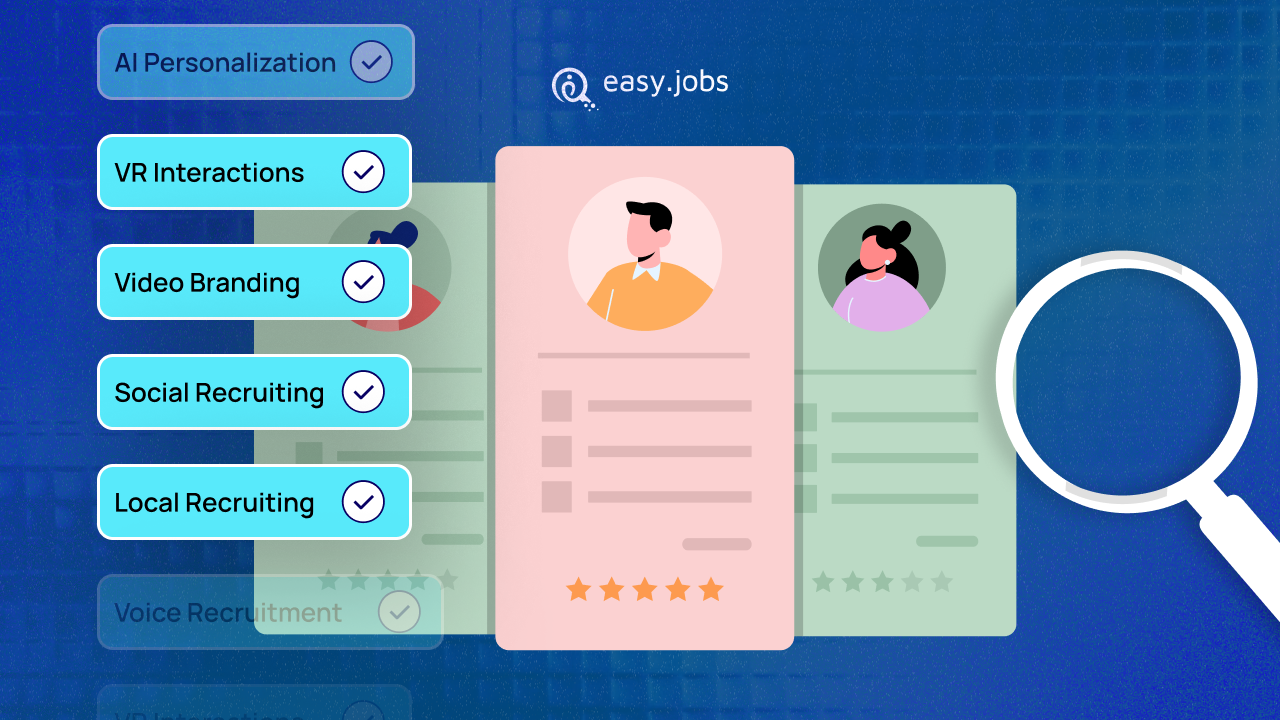
Hiring more inclusively does not happen by accident. It takes the right tools and steps. Here are eight simple and proven strategies to help you build a diverse and welcoming team.
1. Bias-Free Resume Screening with AI
This method uses artificial intelligence (AI) tools to scan and sort resumes fairly, focusing on skills, experience and qualifications. Humans can have unconscious biases, even when they do not mean to. AI can help level the playing field by applying the same criteria to every resume, making the process more consistent and inclusive.
Tip: Use tools like AI-powered resume parsers from easy.jobs to screen applications quickly and fairly, reducing the chance of bias in early decisions.
2. Diverse Hiring Panels
Create interview panels made up of people from different backgrounds, different genders, races, roles and departments. It brings different perspectives to the hiring process and makes candidates feel more welcome and represented.
Tip: Rotate panel members to avoid groupthink and ensure fairness.
3. Inclusive Job Descriptions
Write job ads using neutral and welcoming language with Inclusive Job Descriptions. Avoid words like “ninja” or “rockstar” that may turn some people off. Inclusive language attracts a wider range of applicants and shows you care about belonging from the start.
Tip: Use tools like AI Job Description Writer from easy.jobs to scan and improve your job descriptions.
4. University & Community Partnerships
Partner with colleges, training centers and local community groups that serve underrepresented groups. It expands your talent pool and helps you reach people who might not see your job posts on traditional platforms.
Tip: Build long-term relationships with schools and offer internships, career talks, or mentoring.
5. Structured Behavioral Interviews
Ask all candidates the same questions based on real job situations and score them using the same criteria. This makes interviews more consistent and fair. It also helps avoid gut-based decisions, which can be biased.
Tip: Use the STAR method (Situation, Task, Action, Result) to guide your questions and evaluate responses.
6. Employee Referral DEI Programs
Encourage employees to refer to diverse talents and reward them for it. People tend to refer to candidates like themselves. By building in DEI goals, you can help widen the range of referrals.
Tip: Set diversity goals for your referral program and promote it internally.
7. Inclusive Employer Branding
Show your commitment to diversity on your website, social media and job pages. Highlight diverse team stories and inclusion efforts. Candidates want to see if they will belong in your workplace. Your brand should reflect your values.
Tip: Share employee testimonials, celebrate cultural events and use real team photos not stock images.
8. Data‑Driven DEI Tracking
Use data to track how diverse your applicants, interviews and hires are. Look for patterns and gaps. You can not improve what you do not measure. Tracking helps you set goals and adjust your strategy.
Tip: Use tools that offer DEI tracking, or your ATS often has built-in DEI reporting features or you can do a feature request to your ATS devs, like you can in easy.jobs Enterprise Plan.
These strategies are not just checkboxes they are building blocks for a stronger, fairer workplace. Start with one or two and grow from there.
Troubleshooting Common Challenges
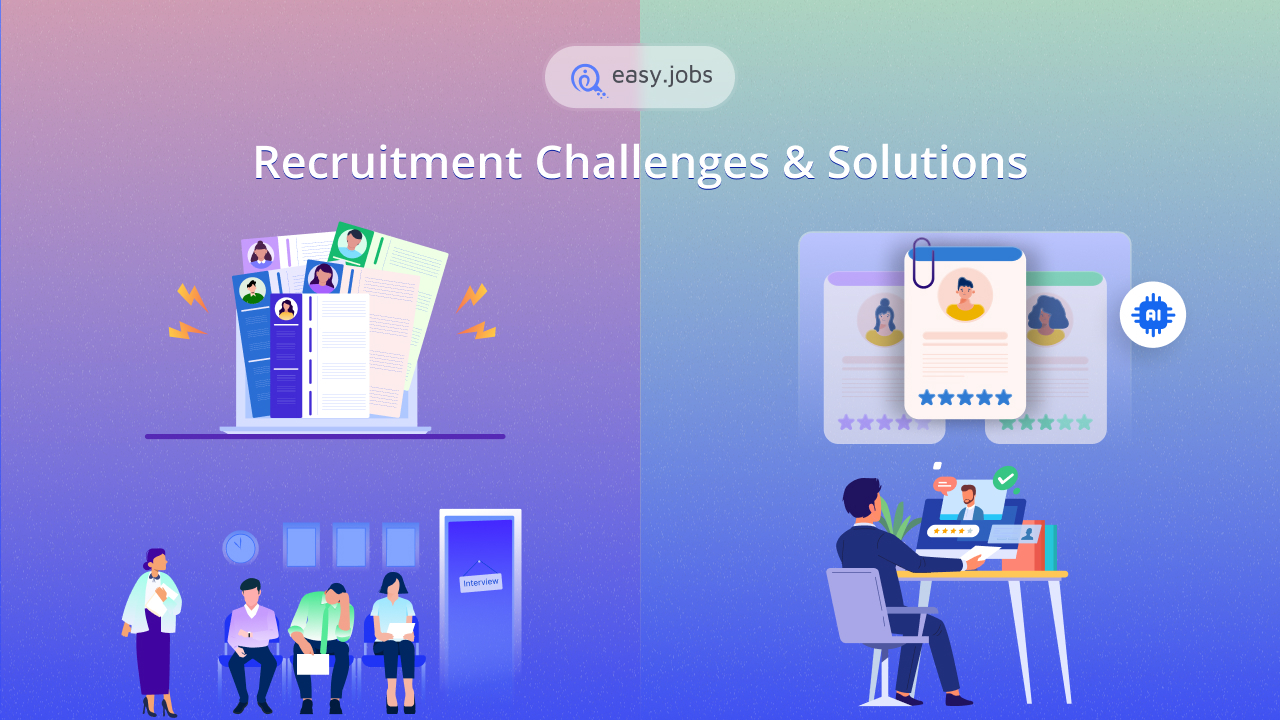
Even with the best intentions, diversity hiring can come with a few common struggles. Here are some of the most frequent challenges and simple ways to handle them:
1. Unconscious Bias Still Slips In
Sometimes, bias can sneak back into interviews or decisions, even if you have tried to remove it. The fix? Train hiring teams regularly and use structured interviews with clear scoring guides to keep things fair.
2. Not Enough Diverse Candidates
If you are always seeing the same types of applicants, it might be time to widen your reach. Try new job boards, partner with community groups, or attend events that attract more diverse talent.
3. Leaders Are Not Fully On Board
If leadership does not support DEI, progress can stall. Start with data that shows how diversity improves business outcomes and highlight what competitors are doing.
4. It Feels Like a One-Time Effort
Diversity hiring is not just a project, it is a long-term mindset. Keep tracking progress, ask for feedback and make improvements part of your regular hiring process.
Small changes, made consistently, can lead to big results over time.
Building a Funnel Toward Our Recruitment Solution
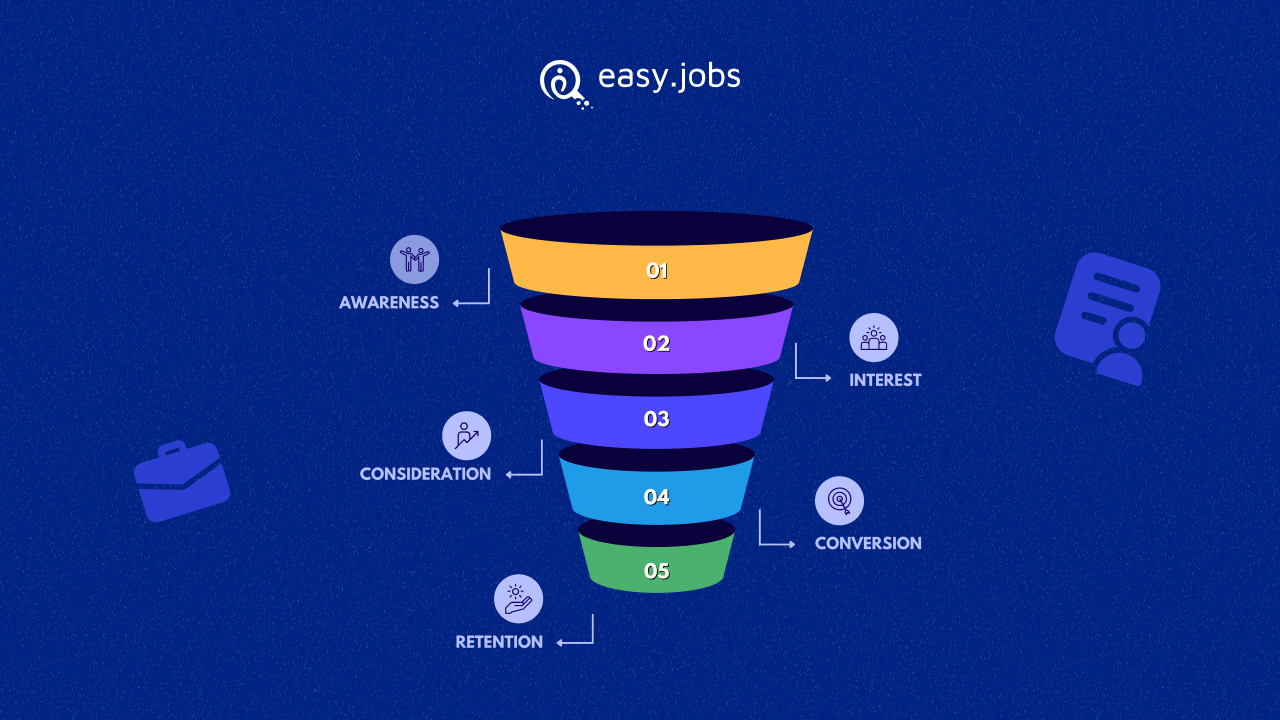
Creating a truly diverse recruitment funnel in hiring process takes more than good intentions it needs the right tools and systems to support every step. That is where a smart recruitment platform like easy.jobs can make a big difference.
Many teams struggle with scattered hiring steps, unclear interview processes, or difficulty tracking progress. Recruitment platforms help solve this with features like a custom job pipeline, where you can build and manage your own step-by-step hiring flow from application to offer. This keeps your process consistent and fair for every candidate.
A modern Applicant Tracking System (ATS) also makes it easier to use structured interviews, track diversity data, and collaborate with your team all in one place.
And when it comes to employer branding, ATS platforms let you create beautiful career pages that reflect your company’s commitment to inclusion, helping you attract the right talent from the start.
With easy-to-use tools that support your DEI goals, you can build a smarter, more inclusive hiring funnel without adding extra work.
Step‑by‑Step Checklist: Launch Diversity Hiring in 2026
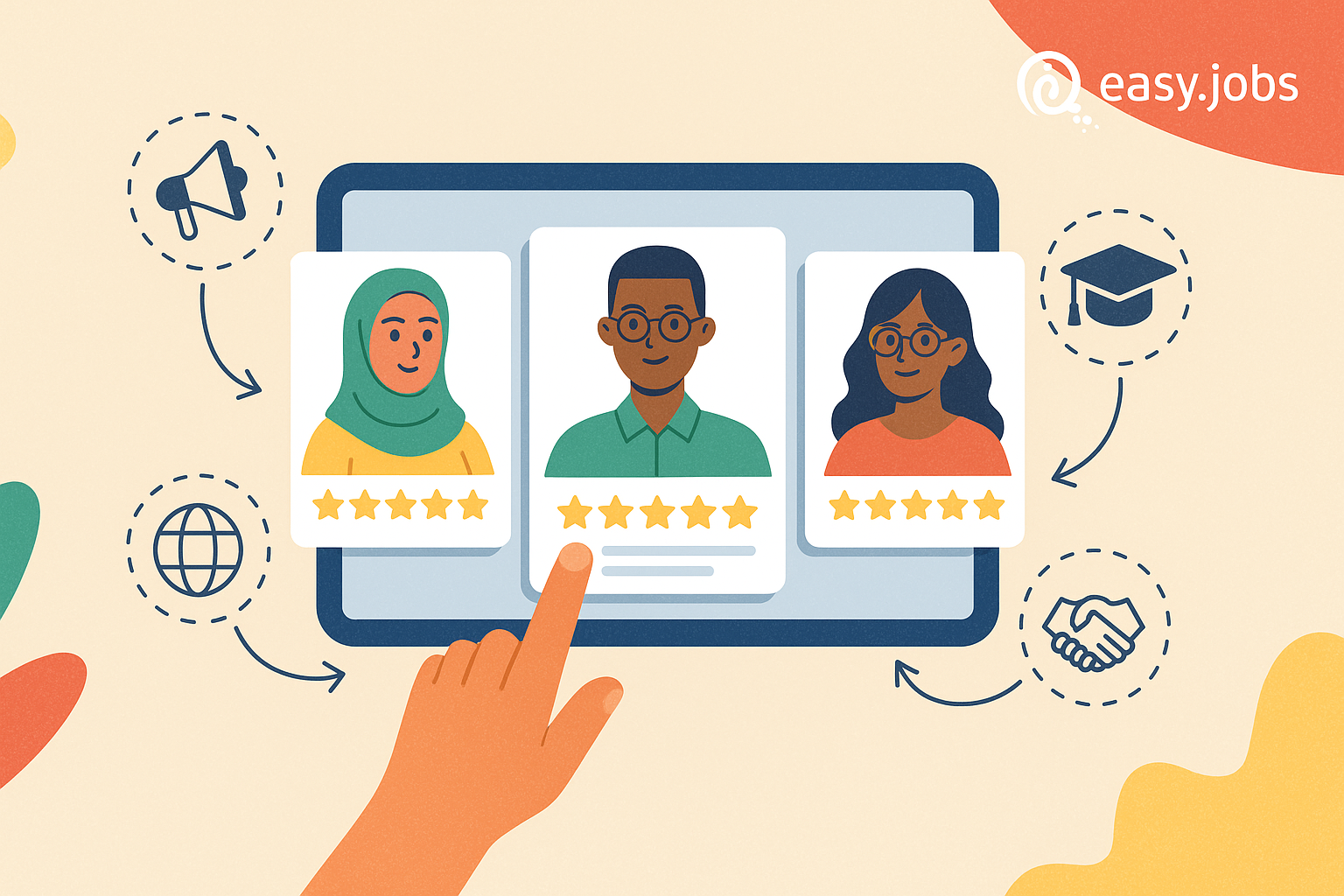
Starting your diversity hiring journey might feel overwhelming, but it does not have to be. Here is a simple 4-step plan to help you get started the right way in 2026.
Step 1: Diagnose & Plan
Begin by reviewing your current hiring process. Where are the gaps? Are certain groups underrepresented? This is the time to audit what is working and what is not. Then, set clear diversity, equity and inclusion (DEI) goals.
For example, aim to improve gender balance in tech roles or increase representation from different communities.
Step 2: Source Inclusively
To find a wider range of candidates, you need to expand where you are looking. Use diverse job boards, partner with local community organizations and connect with colleges that serve underrepresented groups. The more inclusive your sourcing, the more inclusive your pipeline will be.
Step 3: Screen & Interview Fairly
Build a fair interview process by asking every candidate the same structured questions and training interviewers to reduce bias. Use diverse interview panels when possible to bring in different perspectives.
Step 4: Measure, Improve & Embed
Finally, track your progress. Look at your data, who is applying, who is being interviewed, and who is getting hired. Use this information to improve your process over time and make diversity hiring part of your long-term strategy.
Unlock Inclusive Growth: Build a Smarter, Fairer Hiring Strategy for 2026
Remember the story at the beginning of this blog when Sarah paused, looked at a non-traditional resume and decided to give that candidate a chance? That one small decision led to something bigger: a more inclusive team, fresh ideas and stronger results.
Now it is your turn. Diversity hiring is not just a trend, it is a chance to build a better workplace for everyone. When you make space for different voices, you open the door to creativity, growth and lasting success. Even small steps like writing more inclusive job posts or rethinking your interview process can make a big difference.
This is your moment to take action. To lead with intention. To build a hiring strategy that reflects the future of work, and welcomes everyone who deserves to be in your team.
If you found this article valuable and want more insights on topics like this, be sure to subscribe to our blog. For real-time discussions, tips and networking, join our Facebook Community and connect with fellow HR professionals and business leaders.

